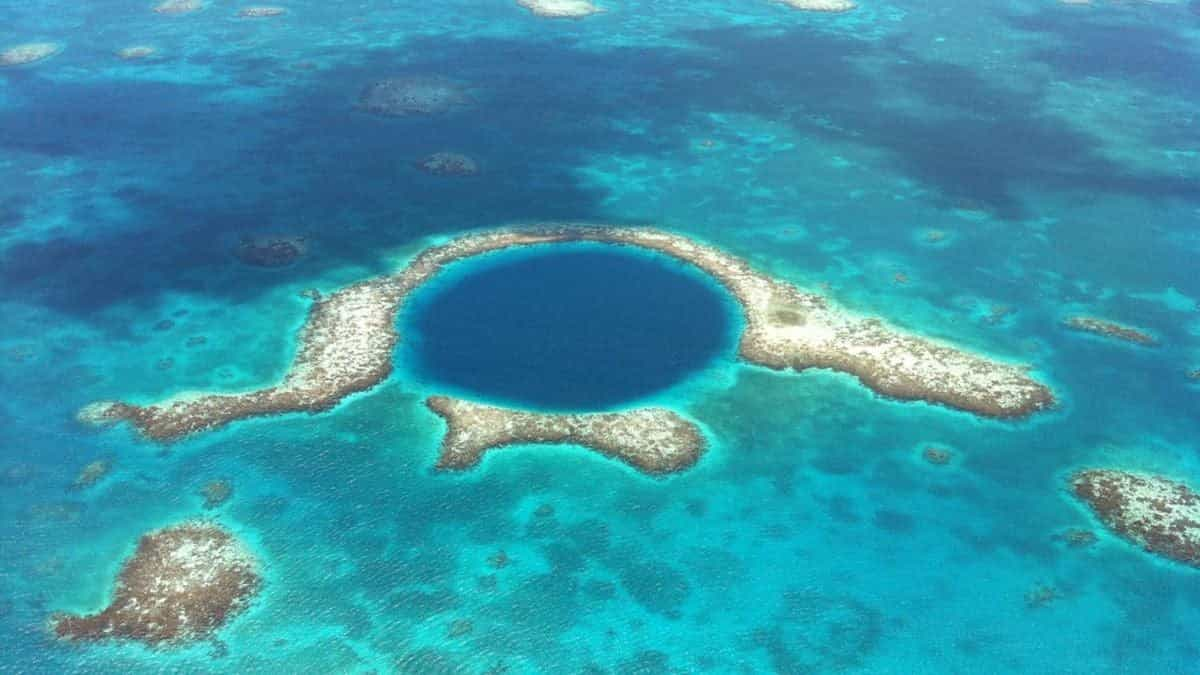This hole has been present for millions of years, but scientists do not know how it formed. However, a recent study may have the answer.
The Indian Ocean geoid depression is the area where gravitational attraction is weaker than elsewhere on Earth. This results in a « gravity hole » that spans an area of 3 million square kilometers, where the ocean floor sinks due to the low mass of the seabed. It is located 1,200 km southwest of India.
This giant « gravity hole » was discovered by Dutch geophysicist Felix Andries Vening Meinesz in 1948 and has remained a mystery for scientists ever since. Several theories have attempted to explain the existence of this hole, without success. Until 2023, when the scientific journal Geophysical Research Letters published a study by the Indian Institute of Science.
Researchers created 19 computer models to simulate the movement of the Earth’s mantle and tectonic plates over the past 140 million years. « We have information and some confidence about what the Earth looked like at that time, » explains Attreyee Ghosh, co-author of the study, to CNN.
A hole formed 20 million years ago?

The Study Shows that the Indian Ocean Gravity Hole Formed After the Disappearance of an Ocean Called Tethys
The study revealed that the Indian Ocean gravitational hole formed after the disappearance of an ocean called Tethys. This ocean extended between the two supercontinents Laurasia and Gondwana (between the Indian plate and Asia). « India began moving north, and in doing so, the ocean disappeared, and the rift with Asia was filled, » explains Attreyee Ghosh.
During this movement, 180 million years ago, broken fragments of the Earth’s crust sank deeply into the mantle, as reported by Live Science. Then, 20 million years ago, this process brought low-density materials to the surface, thus creating this giant hole. It was the plumes of magma (in other words, its movements) that allowed the hole to intensify.
Despite this explanation, the study’s results have not convinced the entire scientific community. Many question the findings. Further research needs to be conducted because the geoid of the Indian Ocean has not yet revealed all of its mysteries.
Source: demotivateur




